There was a time when grabbing a quick bite didn’t mean hitting up the same three places on every street corner.
Before the golden arches took over the world and everyone decided Chick-fil-A sauce was the eighth wonder, a whole slew of quirky, beloved, and downright oddball fast food joints had their moment in the greasy spotlight.
Some were regional darlings, others were full-on national sensations.
But for one reason or another—be it corporate buyouts, questionable branding, or just being a little too weird for their own good—these chains faded into the background, like crumpled wrappers in the backseat of your parents’ ’87 station wagon.
1. Burger Chef
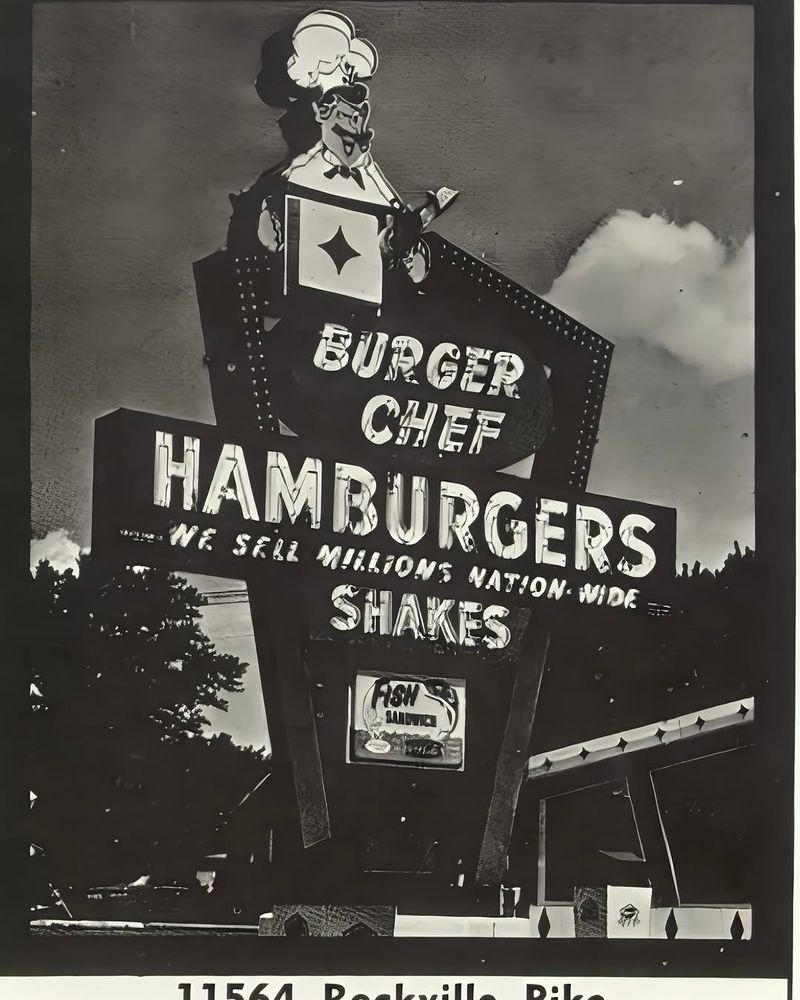
Back in the day, Burger Chef was a serious contender in the fast food arena, giving McDonald’s a run for its money. Known for its innovative “Funmeal” for kids, it actually predated the Happy Meal. Families flocked to its doors in the 1970s, eager for burgers and fries.
Its popularity, however, took a downturn by the mid-’80s after being sold to Hardee’s. The once-thriving chain slowly fizzled out, leaving only memories in its wake. Burger Chef’s legacy, though short-lived, paved the way for many kid-friendly meal concepts that followed.
Even today, those who remember it speak fondly of its charm and unique place in fast food history. Could it have survived with a different strategy? We’ll never know, but its impact on the industry is undeniable.
2. Pup ‘N’ Taco
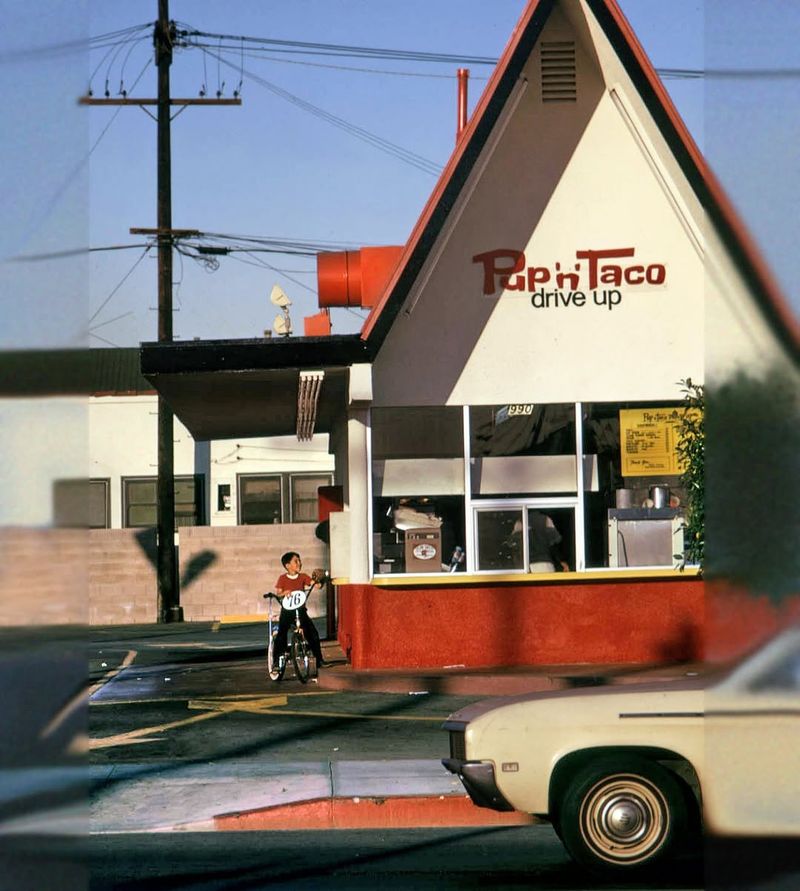
Once you hear the name Pup ‘N’ Taco, it’s hard to forget. Yet, despite the catchy moniker, this chain slipped from memory. Serving up a mix of hot dogs, tacos, and burgers, it held its ground in California for quite some time.
In the 1980s, Taco Bell took a bite out of its market share, acquiring most of its locations and leading to its quiet exit from the scene. The blend of American and Mexican cuisine it offered was a novel concept back then.
Those who dined there may recall its quirky menu and laid-back vibe. Pup ‘N’ Taco’s disappearance might make you wonder how different the fast food landscape could be if it had endured a little longer. Its name still sparks curiosity and nostalgia among food history buffs.
3. Howard Johnson’s

Howard Johnson’s wasn’t just about motels; it was a roadside dining staple for many American families. On long road trips, it was the place to stop for reliable, hearty meals. The restaurants served classic American fare that appealed to both young and old.
However, as the ’80s and ’90s rolled in, competition ramped up, and HoJo’s couldn’t keep pace with changing tastes and expectations. Slowly but surely, the restaurants dwindled until the last one closed in 2022.
For those who grew up with this brand, Howard Johnson’s is remembered for its comforting food and the family memories made along the highways. Even though the restaurants are gone, the brand’s influence on travel dining remains a fond memory for many.
4. Gino’s Hamburgers
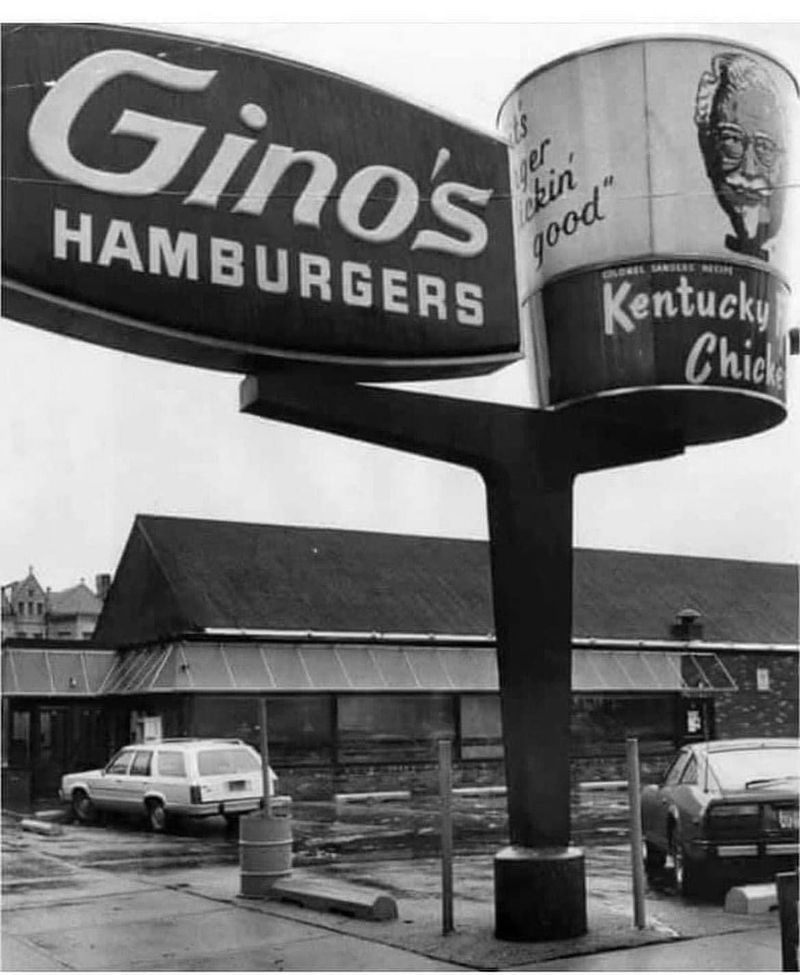
Founded by NFL star Gino Marchetti, Gino’s Hamburgers was a beloved East Coast chain in the ’60s and ’70s. The burgers were a hit, and its partnership with Kentucky Fried Chicken made it a unique spot for fast food fans. Crowded parking lots and satisfied customers were common sights.
Eventually, Marriott acquired the chain and transformed it into Roy Rogers restaurants, bidding goodbye to the Gino’s name. The brand’s disappearance was a blow to its loyal patrons.
Despite its absence, Gino’s left behind a legacy of quality and innovation in the fast-food sector. Fans often reminisce about the distinctive taste and atmosphere it provided, wondering what might have been if it had continued to expand.
5. Bennigan’s
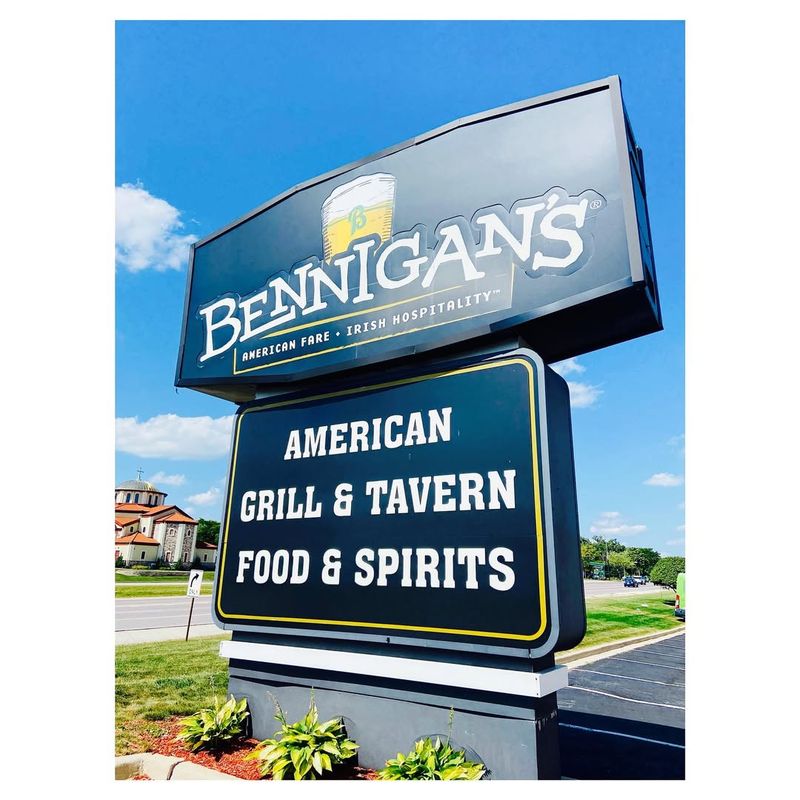
Bennigan’s may not fit the typical fast food mold, but its casual dining appeal in the ’80s and ’90s earned it a spot on this list. Known for its Irish pub ambiance and signature Monte Cristo sandwiches, it was a go-to for many.
As the new millennium approached, though, the chain faced financial difficulties, leading to a massive number of closures. Today, only a few locations remain, a shadow of its former self.
For those who enjoyed its unique flair, Bennigan’s represents a time when dining out was an experience, not just a meal. Its vibrant atmosphere and hearty dishes are missed by many who wish it could have weathered the economic storms.
6. Red Barn
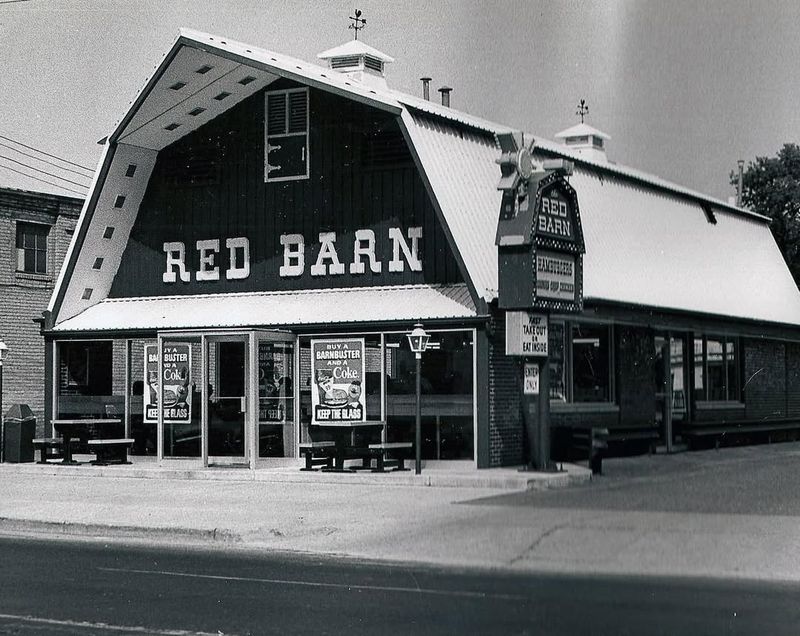
Red Barn stood out not just for its food, but for its architecture—buildings shaped like red barns. This chain offered burgers, fried chicken, and even one of the first self-service salad bars. It was a novelty in the fast-food industry.
However, despite its innovative spirit, a series of ownership changes led to its downfall by the early ’80s. The unique design and offerings were not enough to keep it afloat amid growing competition.
Nostalgia often brings up Red Barn in discussions about iconic restaurants that tried to do something different. Its distinct red barn buildings were more than just a gimmick; they were a testament to the creativity of its era.
7. Lum’s
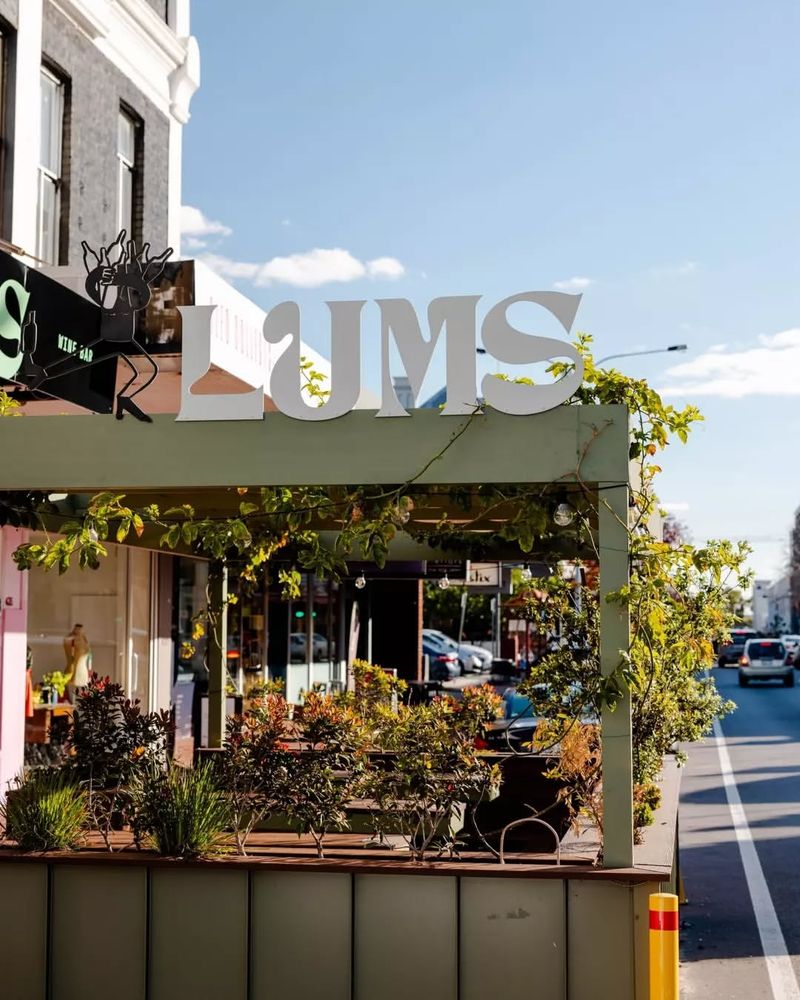
If you wanted a hot dog steamed in beer, Lum’s was the place to be. This quirky concept started in Florida and quickly gained fans nationwide during the ’60s and ’70s. The unusual menu item attracted curious diners.
But as the ’80s dawned, Lum’s began to lose its appeal. Could it be the beer-steamed hot dogs weren’t everyone’s cup of tea? Whatever the reason, the chain closed shop in the early 1980s.
Though now just a footnote in fast food history, Lum’s serves as a reminder of the experimental spirit of the past. Its unique offerings still spark curiosity among those who enjoy tales of daring culinary ventures.
8. Sambo’s

Sambo’s was once a massive chain with over 1,000 locations serving up classic diner fare. It was the kind of place where you could enjoy a hearty breakfast any time of the day. Despite its success, controversy over its name and branding led to a steep decline.
Public backlash and financial troubles by the mid-’80s sealed its fate, with most restaurants closing or rebranding. It’s a story of how public sentiment can impact even the most popular establishments.
Today, Sambo’s is remembered not only for its food but also as a lesson in cultural sensitivity. Its legacy lives on in discussions about how businesses adapt to changing societal norms.
9. Rax Roast Beef
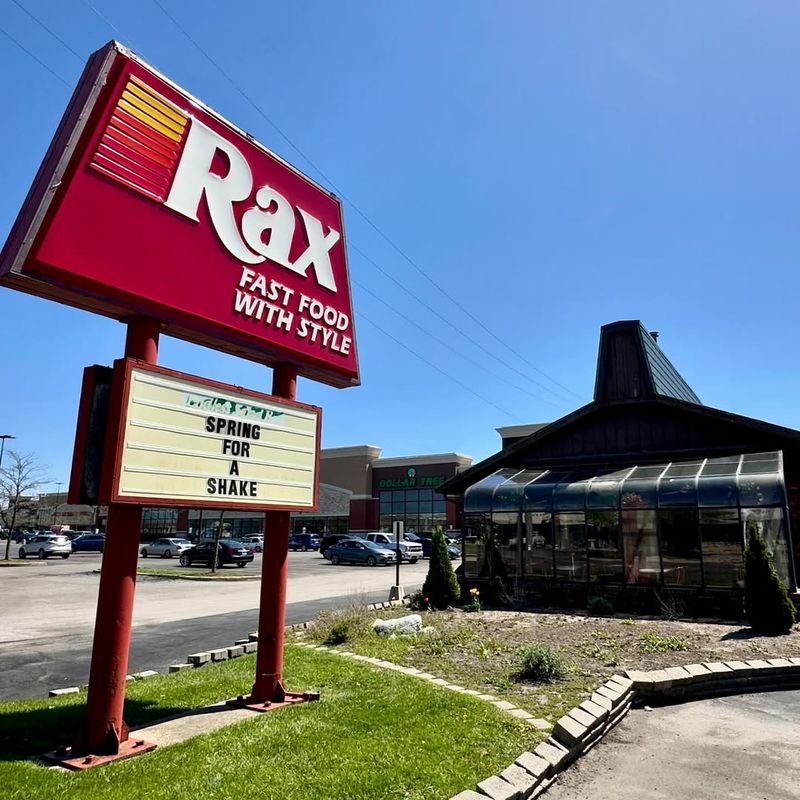
Rax Roast Beef was like Arby’s quirky cousin, offering roast beef sandwiches alongside salad bars and a more upscale dining environment than typical fast food joints. It was a novel concept that attracted diners looking for something different.
However, the ’80s saw the chain struggle with marketing mishaps and management challenges. Despite a few locations hanging on, Rax faded into fast food folklore, remembered by only the most dedicated fans.
Its attempt to blend fast food with a sit-down experience was ahead of its time, yet it couldn’t compete with the efficiency of its rivals. Rax’s story is one of ambition and innovation that reminds us how quickly the food industry can change.
Leave a comment